Europe is a union, but it’s also a messy collection of countries with their own laws, languages, values, drug policies, minimum wages, national liquors and dad jokes. Life can be dramatically different depending on which side of a border you grow up – even within the EU. This first week of August, VICE.com features stories that show how national borders dividing and surrounding Europe affect the lives of the people living near them.
It’s surprising how much of your own culture can seem invisible. As a Norwegian, I’d know. The Sápmi region – stretching across northern Norway, Sweden and Finland, as well as the Kola Peninsula in Russia – is the ancestral home of the indigenous Sámi people. Without official statistics, it’s estimated that there are around 80,000 to 100,000 Sámis, with the majority living in the bigger Scandinavian cities these days, speaking 11 different languages between them.
Videos by VICE
Things have been hard for the Sámi ever since their lands were portioned off in the mid-1800s. Previously, the reindeer herders could move freely between the four countries, but they now faced hard borders. The Sámi were subjected to an ongoing campaign of systemic discrimination – like many indigenous groups around the world, their culture and language were repressed and undermined.
As Norway’s economy developed, the Norwegian government invested a lot of effort in promoting its own culture and language above that of the Sámi. Starting in the early 1900s, for example, Sámi children were being sent to boarding schools where they were forced to speak Norwegian.
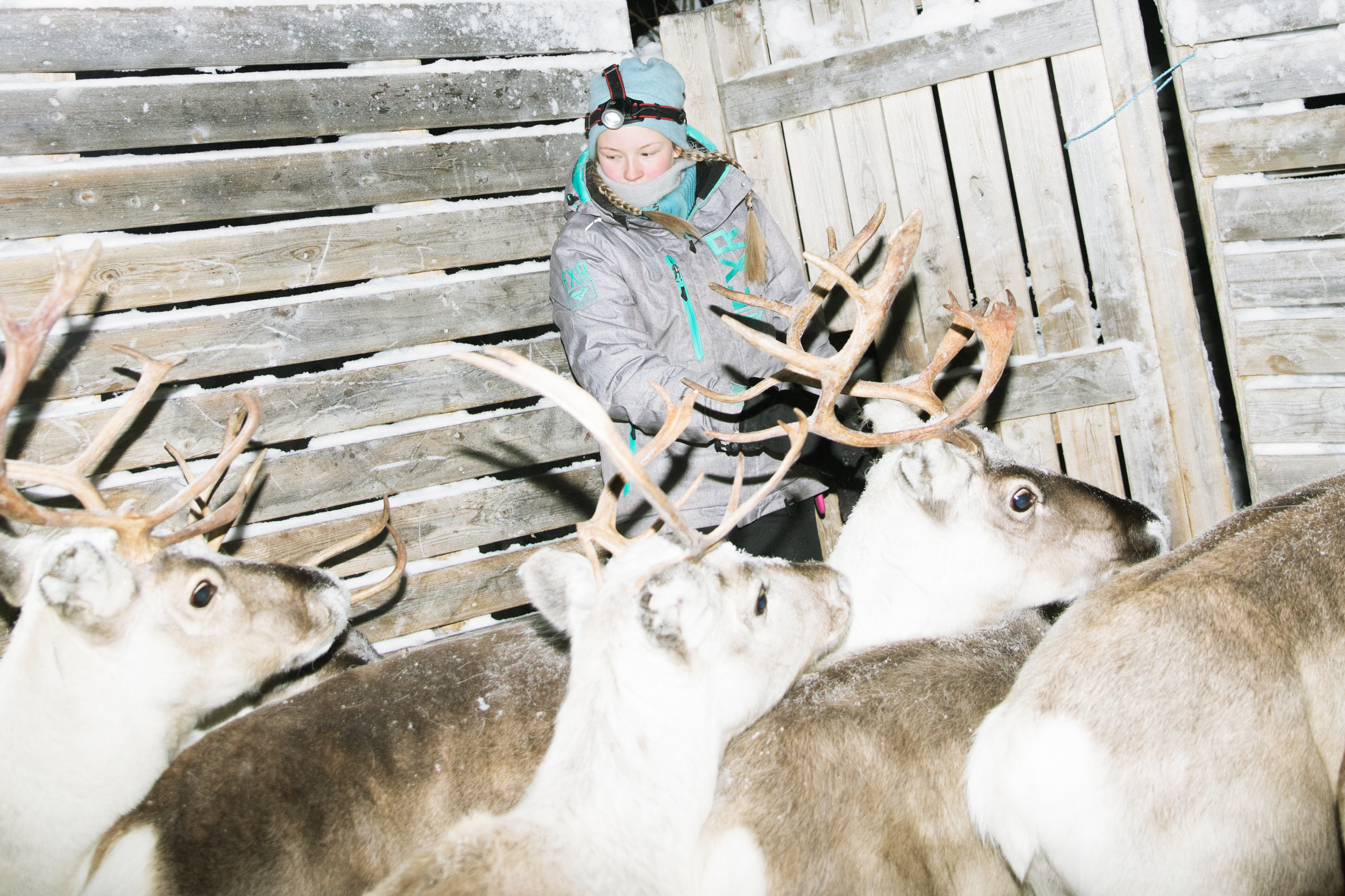
Then in 1978, a political crisis erupted after the Norwegian government announced plans to build a dam and power plant on a river in Finnmark, in an area that was home to a Sámi village and was used for reindeer herding and wild salmon fishing. For almost a decade, the Sámi people, supported by dozens of international environmental groups, protested the development in Finnmark and Oslo. But in 1982 the Norwegian supreme court ruled that the government had a right to go ahead with the construction, which was completed five years later. Disappointing outcome aside, the incident forced international organisations to recognise just how badly Norway was treating the Sámi people – attention that shamed the government enough to do something about improving relations.
Growing up in Norway, I was never taught this history in school. We heard about Native Americans and the Greenlandic Inuits, but very little about the Sámi living in our own country. I remember occasionally seeing people speak Sámi on TV, but as a child I never really gave it too much thought. As I grew older, I became more curious about the unique Sámi culture, and the spectacular landscapes of Sápmi.
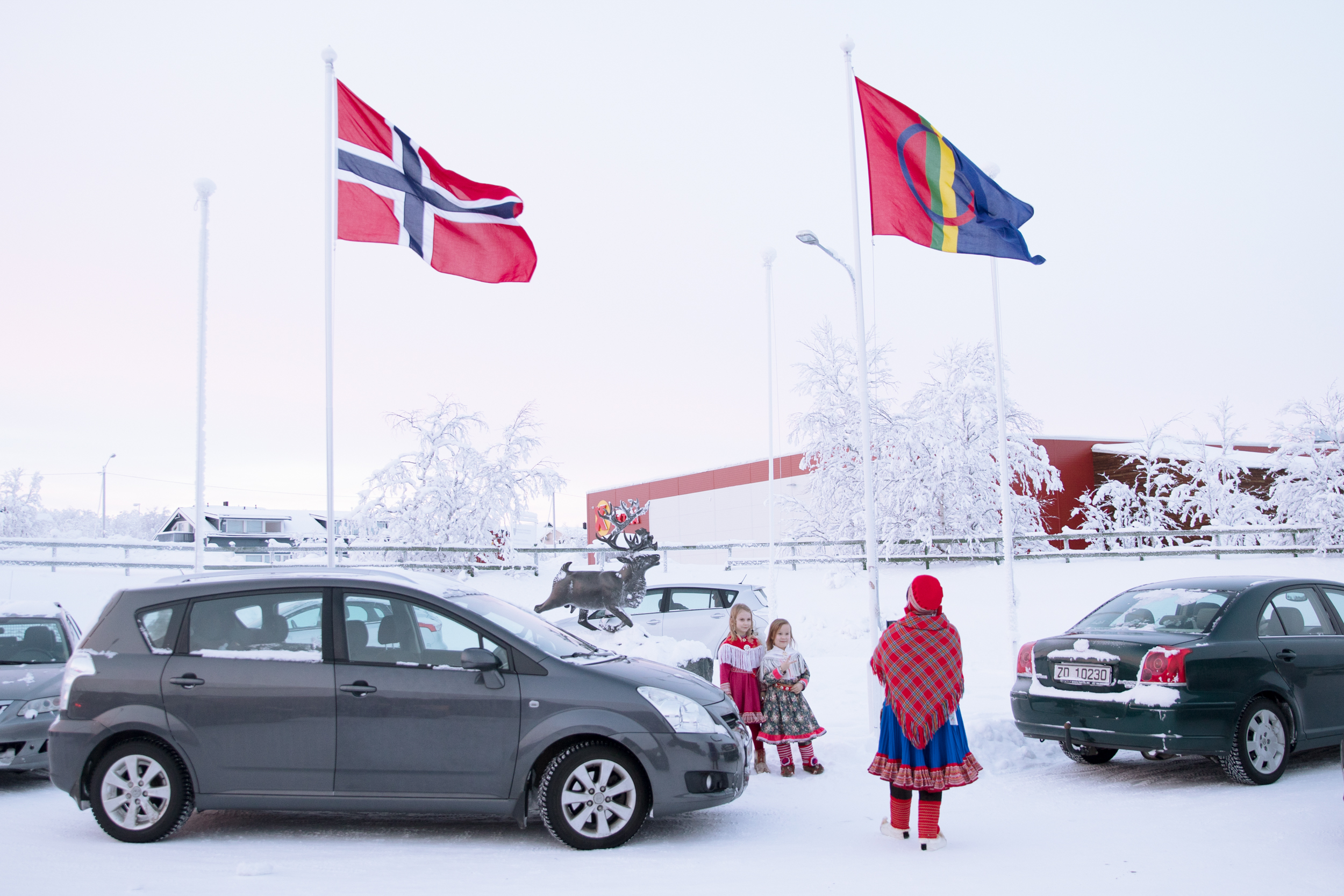
Sámi culture is still under threat, though things are slowly getting better – Sámi music, art and language are represented more in pop culture and politics. According to the people I spoke with in Sápmi, these days, being Sámi is something that comes with great pride. Their culture is something others want to be part of now. That being said, a belated interest doesn’t make up for all that was lost over the course of history. Given the current place Sámi culture has in Norway and Scandinavia in general, I wanted to find out more about what it’s like to be a young Norwegian Sámi person today, living across political, national and cultural borders.
Driving to Karasjok in northern Sápmi, I stopped the car and got out to admire the scenery of the open fields. I was immediately struck by the silence, the magic of the light and the extreme cold. A beautiful white layer covered land as far as I could see. It all seemed strangely perfect and otherworldly, as a reindeer appeared in the middle of the road and slowly walked by me, while a double rainbow rose in the clear sky.
Lene Anti is from Karasjok. The 20-year-old is currently working as an apprentice reindeer herder for her father’s business. Lene had invited me to join her up in the mountains for a few days, to stay in the shepherd’s hut she lives in with her boyfriend. After an hour’s drive up a mountain in Karasjok, I meet her boyfriend Matthe Ailo, who is also a reindeer herder. The couple are staying in the hut for a seven-day shift.

I’m a bit surprised to see a TV with signal in the middle of nowhere, especially in a cabin with no water or electricity other than what the generator produces. We sit down on the sofa, and for a moment it’s nice to just enjoy the silence – a treat I rarely enjoy, living in Copenhagen. I eventually hear the distinct sounds of Keeping up with the Kardashians when one of my hosts switches on the TV in the background, an interesting soundtrack to the beautiful, wild landscape through the window.
I ask them what it’s like living just 12 miles from the Finnish border. “We often buy our groceries, gas and booze in Finland – it’s a lot cheaper,” Matthe tells me. “And we go out partying on the weekends there because it’s where the closest bar is. Most people speak North Sámi there, so you don’t really notice that you’ve crossed the border.”
I meet up with Alexander Hætta, 16, and Egil Stueng, 17, at one of two petrol stations in Karasjok. Alexander says he can definitely sense border divisions. “It’s like Norway and Sápmi,” he says. “Actually, it feels like Karasjok, Kautokeino and Tana are a bit on their own compared to the rest of what is considered Sápmi, since people don’t really speak Sámi that often [in the rest of the region].” Egil looks at him and nods. “Sometimes when I meet people from southern parts of Norway, I get questions about whether we still live in teepees,” he laughs.
They say that kind of ignorance isn’t something they deal with every day, but it happens. “Even though we don’t think the national, systematic discrimination is still happening, you’ll still find it to some degree,” Egil says. “It’s not easy to notice, but it exists. It could just be the negative tone in which people address you.”
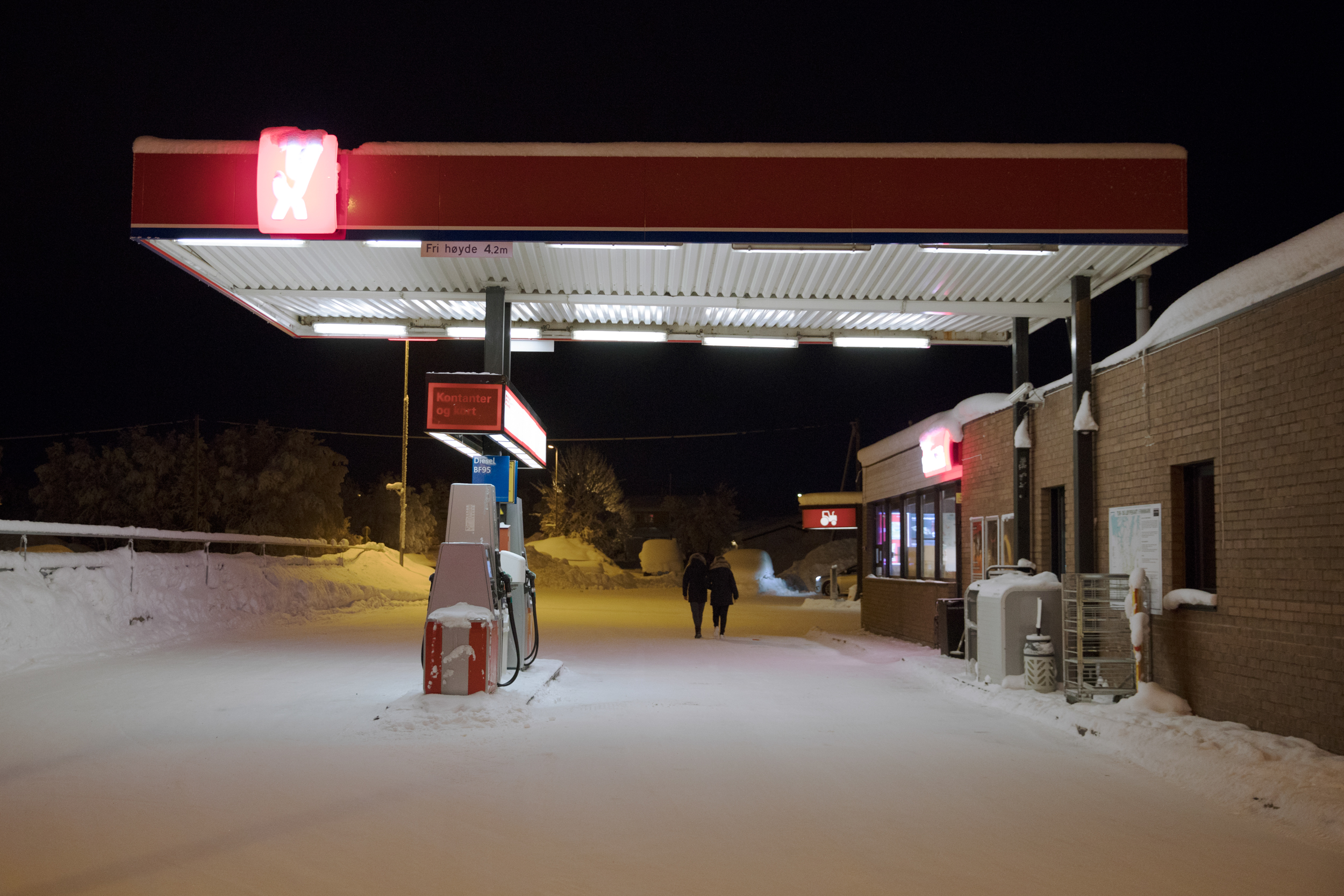
I take a photo of them outside the petrol station. They invite me to quickly jump on their snowmobiles, because they’re not really meant to be driving without helmets and the police are always patrolling. I jump on and we drive off to the river. We’re driving so fast in minus 40C temperatures, the air feels like someone’s slamming pins into my cheeks.
We stop in the middle of the frozen river and they ask me if I want to take a picture of them there. I jump off and they start driving circles with the snowmobile. Before I know it, both of them are lying on the ground laughing, with the snowmobile laying on its side.
They get up, and while we’re standing there in the dark, I ask them what’s keeping them here. “It’s like, you can’t just go fishing, or skiing, or drive a snowmobile to the petrol station, or see reindeer, or be free from everyone when you live in a city,” Egil says. “I love it here.”
Scroll down to see more photos Hedda Rysstad took during her time in Sápmi.

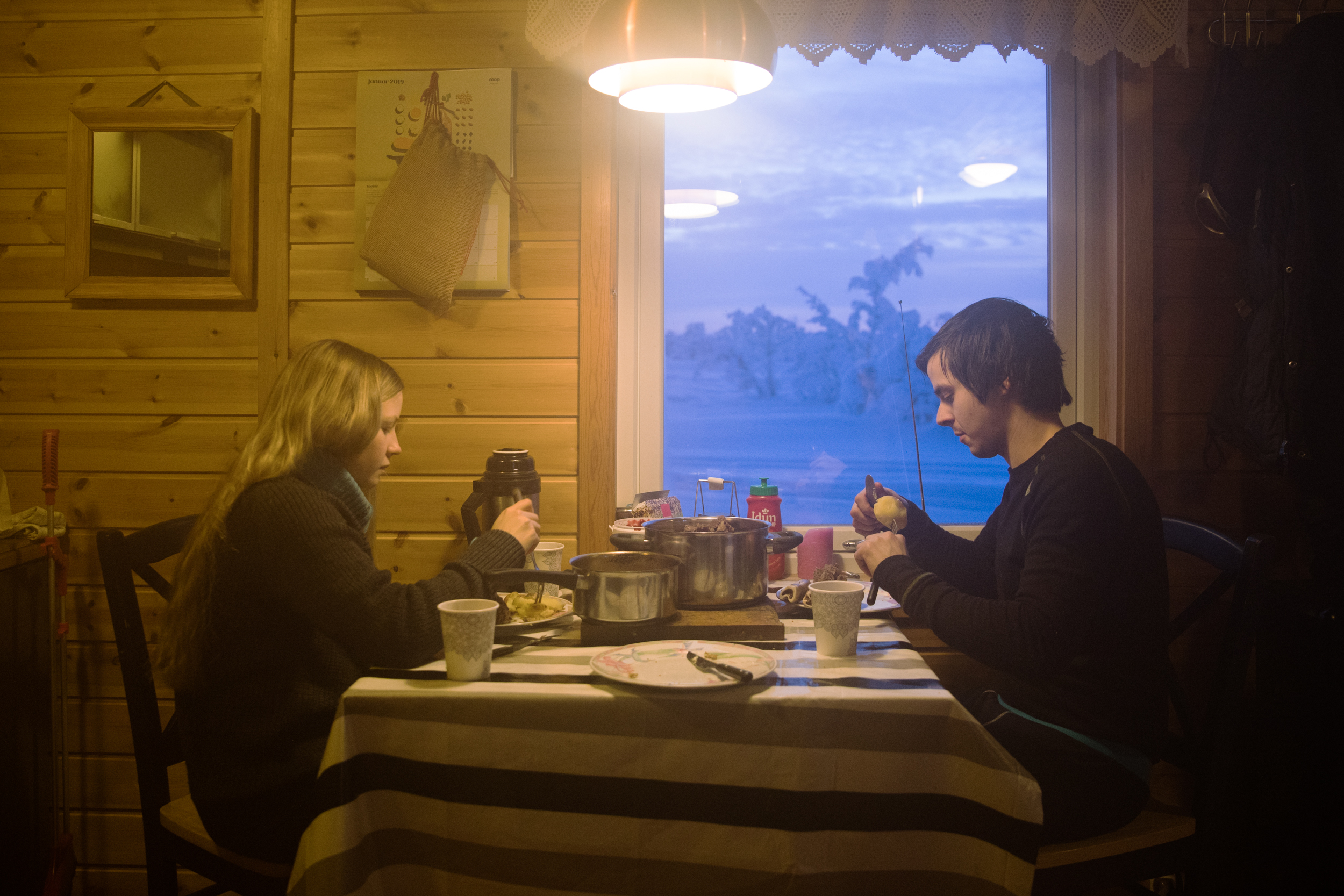
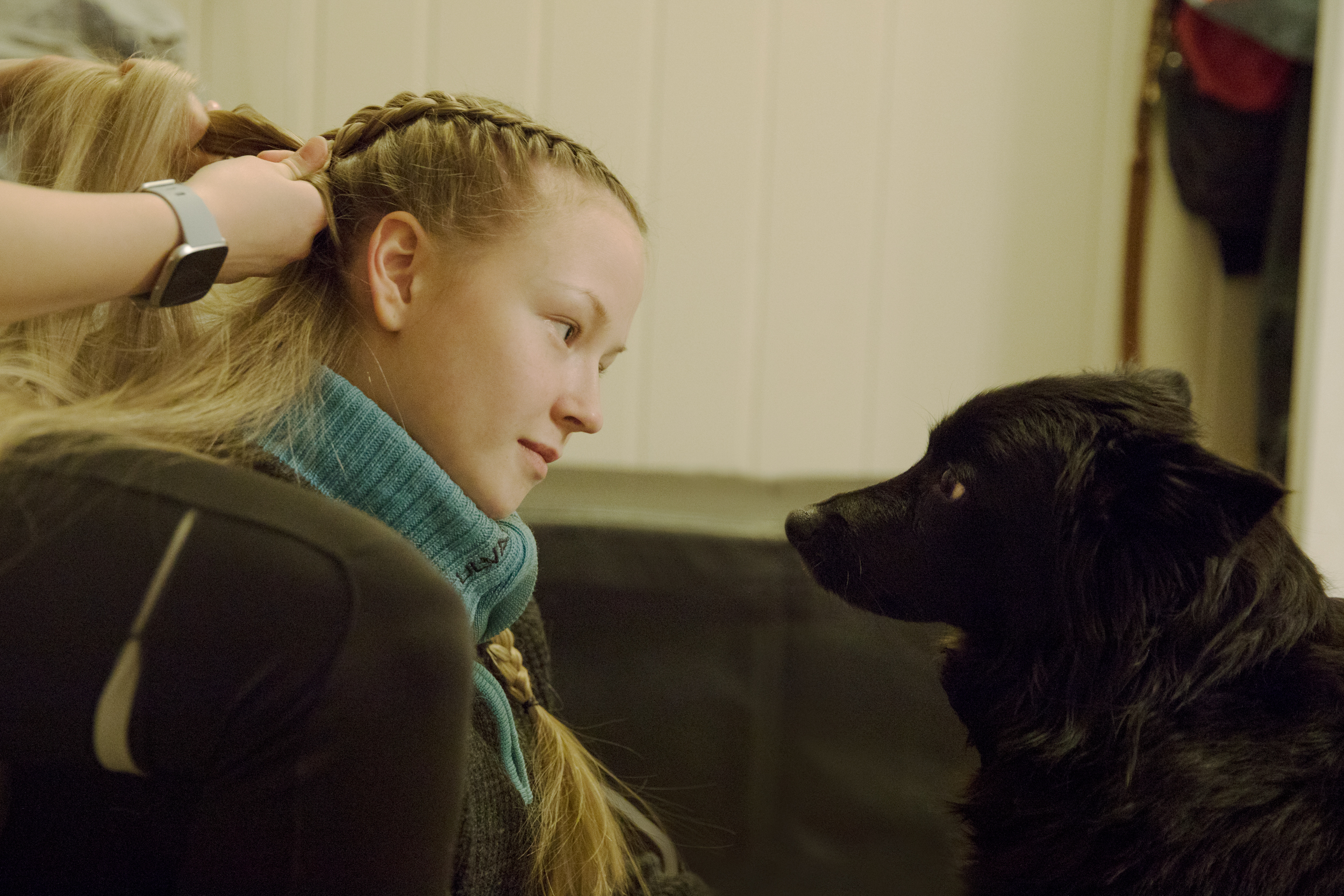


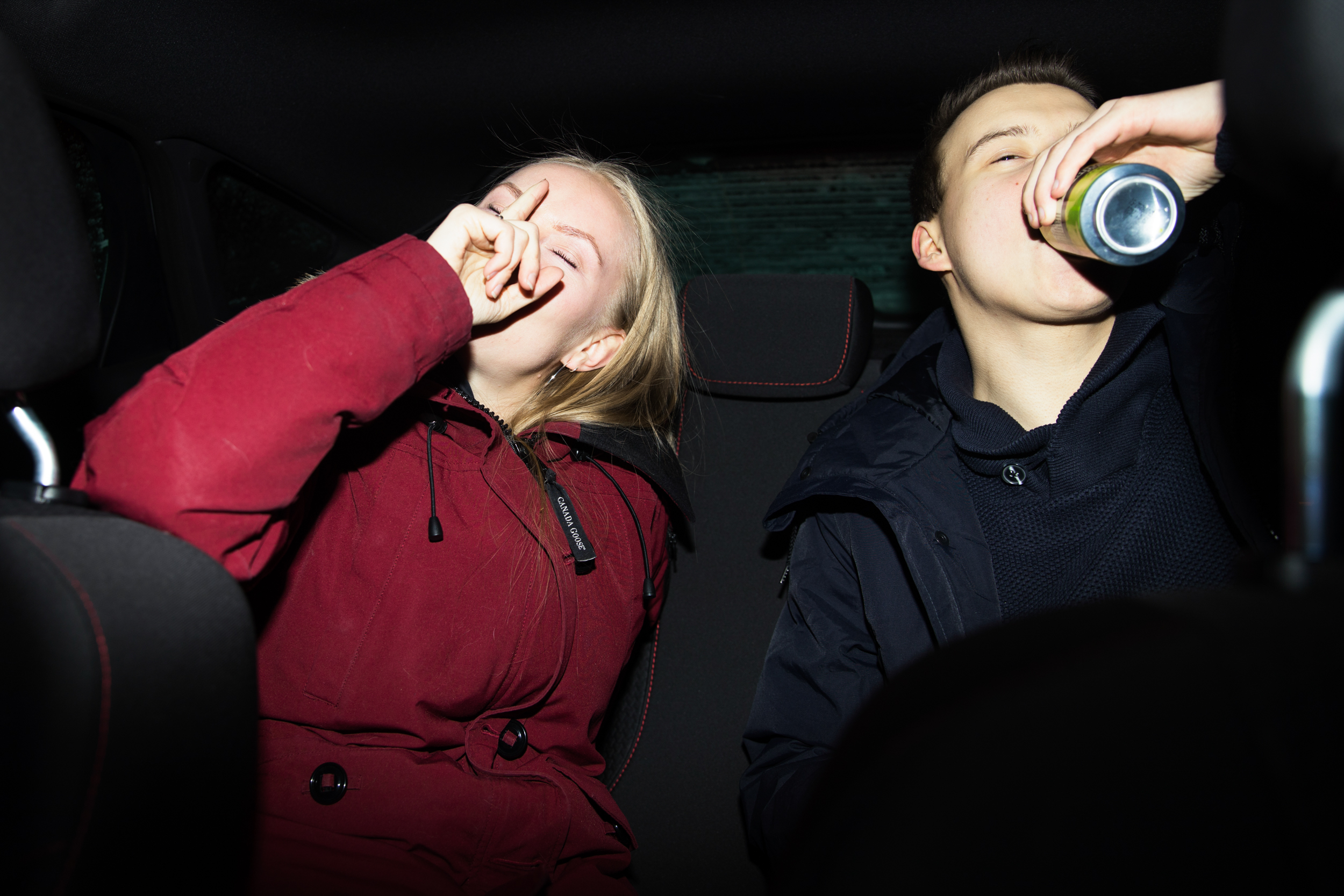











Don’t miss the next issue of VICE Magazine later this month, dedicated to the global exploration of borders, investigating why we’ve imbued them with so much power, and what happens when those lines aren’t visible to the naked eye.
More
From VICE
-

Apple TV+ Via Twitter -

Screenshot: Bandai Namco -

Victor de Schwanberg/Science Photo Library/Getty Images -

Screenshot: Play! NANOO
